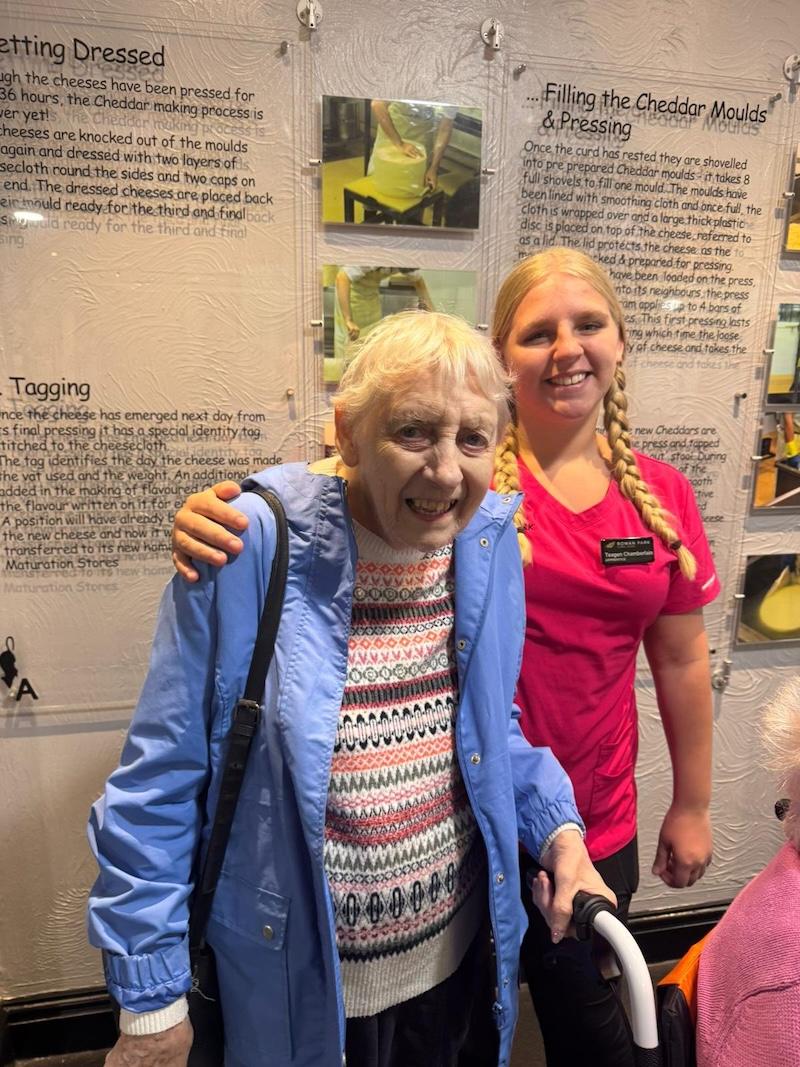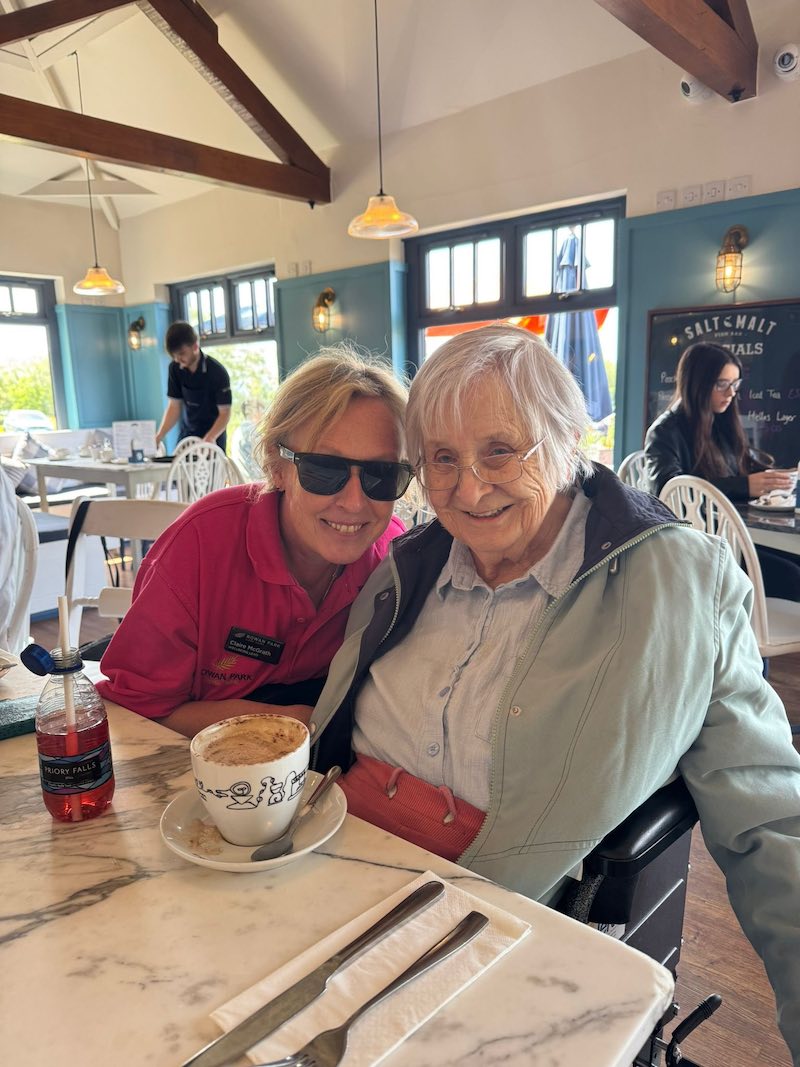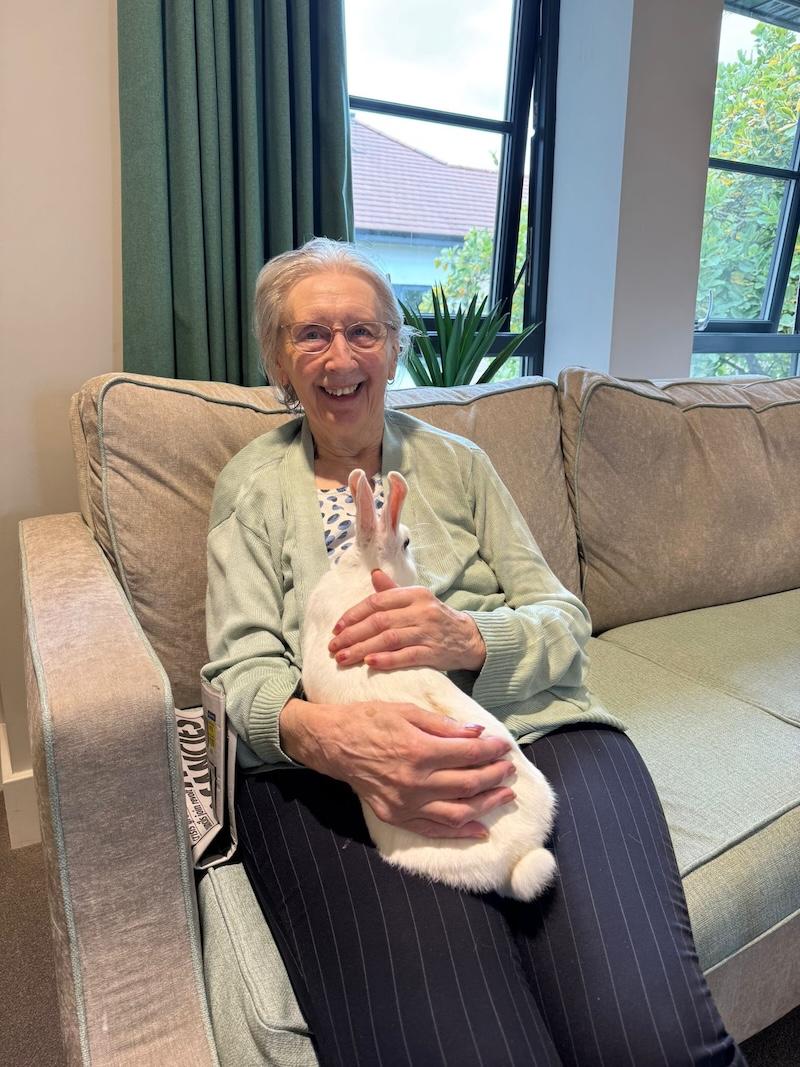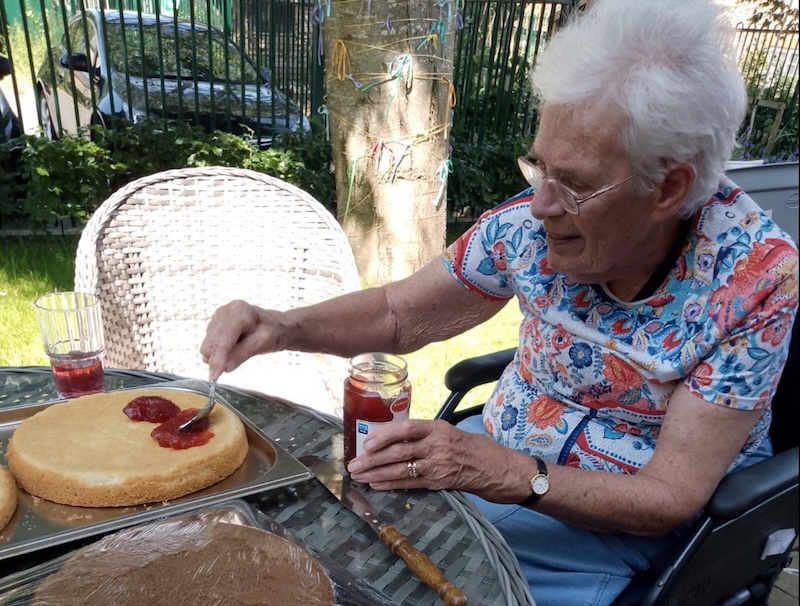The Importance of Digital Care Plans

In care homes, there is growing recognition of digital systems and how they strengthen the way care is delivered and recorded. One of the most significant developments in recent years has been the move towards digital care planning software, which allows care homes to use truly integrated services to provide more consistent, responsive and high-quality care in a wide range of settings.
As individuals' care needs develop and there is a higher demand for seamless communication and transparency, care providers are transitioning to digital systems to enhance how they plan, monitor and deliver care. Digital social care records are helping care homes move beyond the limitations of paper-based documentation and support person-centred care that is both timely and well-coordinated.
What Are Digital Care Plans
A digital care plan is an electronic system used for recording and managing the care provided to residents. It includes all the necessary details about a person’s health, routines, preferences and any specific needs, and is used by carers and clinicians to guide day-to-day care delivery. These plans are dynamic documents, updated regularly and accessible to authorised members of the care team.
Electronic care plans are increasingly replacing paper records as part of a broader digital transformation in health and social care. By adopting digital systems, care teams can share information more effectively, respond to changes more quickly, and ensure that residents receive consistent, appropriate support.

The Role of Electronic Care Plans in Modern Care Settings
Digital care planning software supports several key improvements in care delivery. One of the most significant is the speed and accuracy with which information can be accessed and updated. In a busy care setting, the ability to retrieve the latest care notes, alerts or assessments in real time enables staff to respond with greater confidence and clarity.
It also ensures that all team members are working from the same set of up-to-date information. This improves coordination, reduces duplication, and supports safer decision-making. By capturing information at the point of care, digital systems allow carers to document their observations and actions immediately, which contributes to a more complete and reliable care record.
For regulatory bodies, digital records help care teams demonstrate their accountability and meet standards. For assessors such as the Care Quality Commission, digital care plans help them evaluate the quality, consistency and responsiveness of care.
Digital systems also play a significant role in enhancing residents' safety. Through automatic reminders, alerts and streamlined handovers, they help staff avoid missed tasks or miscommunication. This is particularly important in settings where individuals may have multiple nurses or complex care needs.
Supporting Integrated and Person Centred Care
Many residents in a care home will be in contact with a range of health and social care professionals – from in-house nurses and care assistants to GPs and physiotherapists. Digital records enable improved communication between these services, ensuring that everyone involved in an individual's care has access to the most relevant information.
This integration is not only more efficient, but it is also safer and more respectful of each individual’s needs. It enables better continuity of care and reduces the risks that can arise from fragmented or inconsistent record-keeping. Electronic care planning software has quickly become a tool for achieving better collaboration and, ultimately, the best outcomes for the people residing in a care home.
Because care records are accessible and easy to update when they become digitised, they support a more tailored approach to care. Staff can view each resident’s individual preferences, routines and care history in one place, making it easier to deliver personalised support that reflects who the person is and how they want to live.

Using Nourish as a Digital Care Planning Software
Nourish is one of the leading digital care planning software and stands out for its user-friendly design and strong alignment with the daily realities of care work. It is built specifically for care services, and its features help teams focus on what matters most – the residents themselves.
At its core, Nourish replaces traditional paper notes with a secure, digital system that allows staff to document care at the point of delivery. Team members can record observations, complete tasks, update electronic care plans and respond to residents’ changing needs in real time. Every interaction is automatically logged, which helps to ensure full accountability, maximum privacy, and a clear record of who completed each task and when.
The system is carefully designed to suit different roles within the care team. Staff only see the information relevant to their responsibilities, reducing information overload and allowing for quicker, more focused decision-making. Timelines for each resident are set by senior staff, and tasks can be ticked off as they’re completed, with the option to include notes or photos when required. This not only supports consistent care but also helps when updating families or reviewing the care plan.
One of the practical strengths of Nourish is how it adapts to the needs of each individual resident. Whether someone requires a specialist diet, allergy management, wound care or specific routines, these can all be flagged and managed within the system. There are also features that make day-to-day operations more efficient, such as handover filters, resident status tags and alerts for upcoming care actions.
Nourish also ensures that all records are securely stored, even in the event of lost internet connection, and it includes protective measures such as time-outs and password re-entry to protect data. It also allows care teams to scan and upload letters from external healthcare providers and maintain a clear record of any clinical or professional involvement.

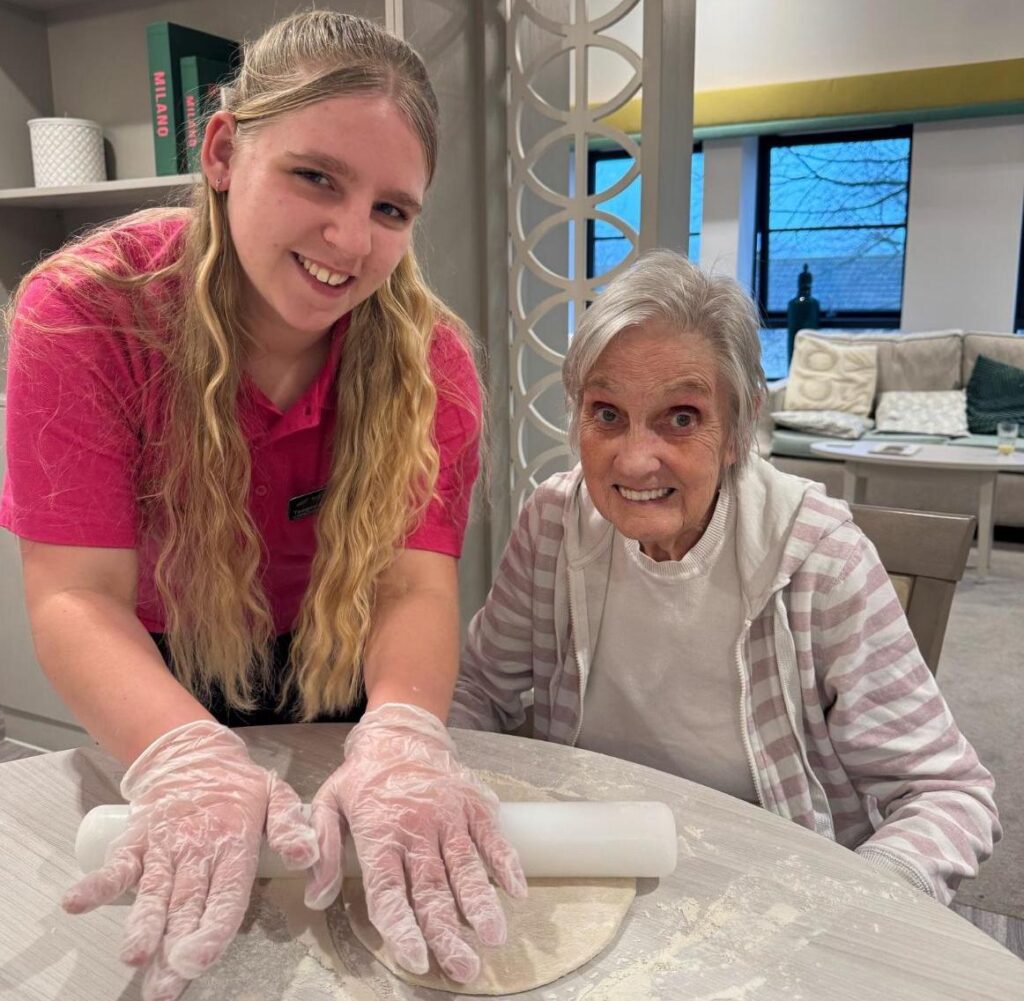
Providing Exceptional Care Through Digital Records at Rowan Park Care Home
At Rowan Park Care Home, digital care planning is used to strengthen the quality and consistency of the support we offer. By integrating Nourish into our daily practices, we can ensure that residents can benefit from coordinated, responsive support no matter what care type they receive.
Our use of digital systems allows staff to plan and review residential care, dementia care, nursing care, respite care and palliative care with confidence by knowing that the most current and accurate information is always available. This contributes to better communication within our team, improved risk management, and a personalised approach to supporting each resident’s health and well-being.
At Rowan Park Care Home, we strive to ensure our residents enjoy the best quality of life around the clock and use digital care planning to enable this. By having all of our records in one place, our team members can spend more time with residents and ensure they are enjoying a rich and meaningful lifestyle full of the things they love most. Each team member has their own Nourish handset, where they can record all notes at the point of care.
By embracing electronic care planning and working with trusted providers like Nourish, we continue to meet the evolving needs of our residents and their families at Rowan Park. We believe that the right digital systems enhance the values we hold at the heart of everything we do – safety, respect, and a genuine sense of home.
To find out more about how we support our residents and constantly improve our services through the use of digital care plans, please get in touch. We would love to meet you and show you what makes our care home in Radstock so special.


